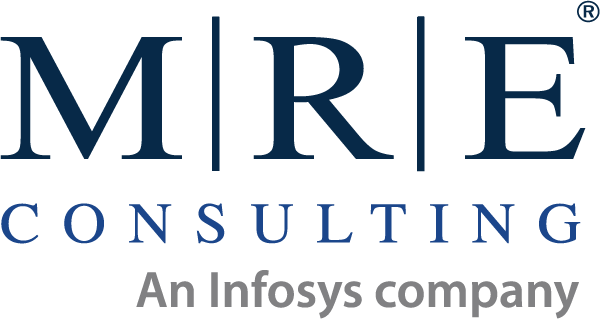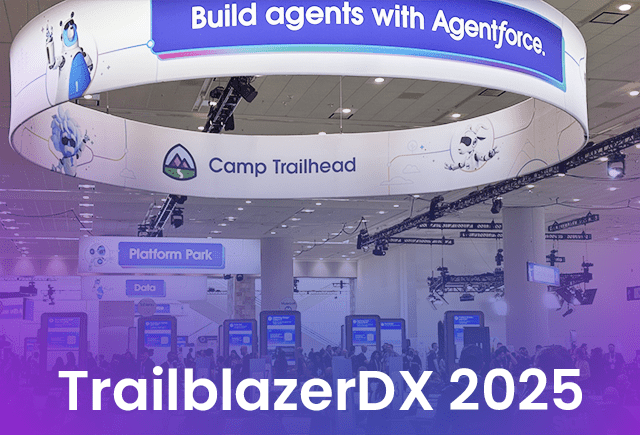What We Faced
Challenge
During the 2021 Great Texas Freeze, the extreme cold literally froze natural gas production and cut the state’s power supply in half. An estimated 5 to 11 million people were without power, and energy prices surged with the wholesale rate going from $28 per MWH to $9000 per MWH. As a result, customers on variable rate plans were hit with outrageously high energy bills with one family reportedly receiving a bill of $17,000 for the month. While some customers personally chose a variable rate plan, others were suddenly surprised that their fixed rate contracts had expired, and they had unwittingly been automatically rolled over to a variable rate before the freeze. Following the public outcry, Texas legislators introduced new communication requirements for energy providers to protect against this situation in the future for customers who had expired fixed rate contracts. An energy provider approached MRE to fulfill these new state requirements – largely via email communications through the Salesforce Marketing Cloud platform in order to manage overall costs, particularly expenses related to printing and mailing.
The regulations required that energy providers send specific notifications for expiring contracts:
- Notify the customer of fixed rate expiration with at least 3 written notices.
- Send notices within the last third of the contract period, with specific timings based on the contract duration.
- Send the final notice for a contract at least 30 days before the date that the contract will expire.
Implemented Technologies
Salesforce Marketing Cloud, Salesforce
What We Did
Solution
The energy provider wanted to start by realigning the timing of their existing customer communications and to prioritize sending emails, when possible, over sending mailed paper notices. Email as a delivery platform is a much more scalable solution with minimal incremental cost for additional sends.
They decided to have Salesforce Marketing Cloud own all logic related to the customer communications, so that going forward, the rules around eligible audience, send dates/times, and email content could all be managed in one place. A Marketing Cloud Admin could easily adjust the audience, timings, templates, and messaging.
To respect customer preferences, only customers who had opted-in to receive account communications electronically were sent notices via email. If an email bounced back, there was an automatic process to request a letter be mailed to the customer instead.
For audit purposes, the energy provider wanted to maintain a record of exactly when each notice was sent to the customer as well as retain an exact copy of the message that was sent. The Marketing Cloud Connector would automatically save a snapshot of the template to Salesforce, but not the exact email sent to the customer with all of the personalized elements populated. To address this gap, MRE built a solution to generate a PDF copy of the email sent to the customer, save the PDF to a simple storage service (S3), and log a link to the PDF in Salesforce. A Lightning Web Component (LWC) in Salesforce provided authentication to S3 and made the PDF viewable on the Individual Email Result record. This solution was expanded to other customer communications so that the exact emails could be visible to the customer service representative when assisting the customer.
What We Delivered
Results
Based on the requirements of the new regulation, there were approximately 200 notices to be sent via email on a daily basis. This represented an initial annual savings of $110k at a cost of $1.56 per each printed and mailed letter. The company planned to run a campaign to promote opting in for electronic account communications to shift additional customers into receiving emails instead of printed letters. Plus, new customers usually opt for electronic communications, so the company expects this investment in email communications to continue to pay off for them.
Customer service representatives and sales associates also appreciated the visibility of the Individual Email Results in Salesforce. Not only could they see all emails sent and the customer’s engagement with the email, but they could also see an exact PDF copy of the email sent to the customer via the new custom solution. Now, when a customer calls in, they have this information at their fingertips and can better help the customer.






